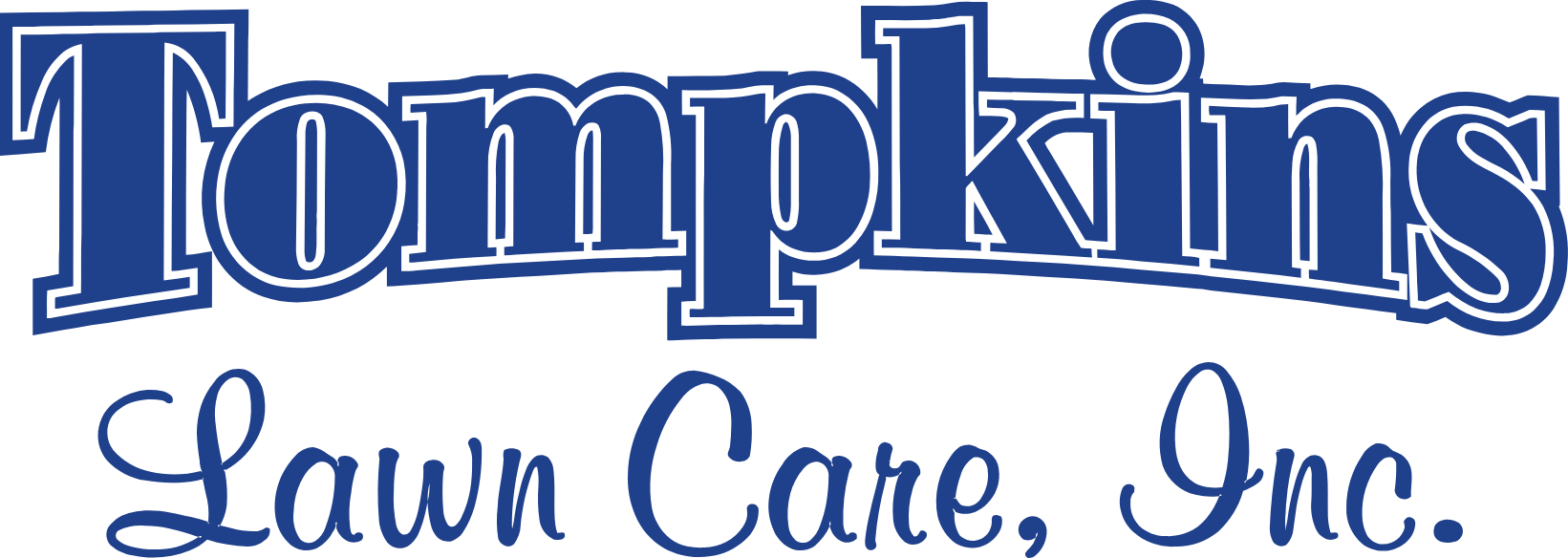Lawn Care University
Expand Your Lawn Care Knowledge
Welcome to our Lawn Care University, where you’ll find answers to some of the most common questions about lawn care. At Tompkins Lawn Care, Inc. we believe that knowledge is essential for maintaining a healthy and vibrant lawn.
With a different approach to lawn care, our process places focus on soil quality, plant health, and understanding how we got here. Knowing how we got here is the first step to making positive changes. It’s important to understand, that we humans are the variable. Climate conditions and weather patterns play a significant role but are not nearly as impactful as human influence regarding housing development and the landscapes therein.
At Tompkins Lawn Care, we take the concepts of “environmental responsibility” and “sustainability” to heart, not just as buzzwords but as guiding principles that drive our everyday actions. Many businesses use these terms in their marketing, but we believe in practicing what we preach, even when it means going the extra mile.
A lush, green lawn is a source of pride for homeowners. However, even with the best intentions and maintenance routines, fungal diseases can sometimes strike, causing unsightly and potentially damaging issues. At Tompkins Lawn Care, we’re committed to helping you understand, prevent, and address fungal diseases in your lawn.
When you gaze upon your lawn, you may notice those occasional bare spots or thin areas that draw your attention. It’s only natural; homeowners have a keen eye for their lawns and a desire to make them flourish. While these intentions are often well-meant, sometimes our attempts to improve our lawns can inadvertently create more problems, incur added expenses, consume our time, and increase the need for chemical treatments. This is where the age-old debate of “seed it or feed it” comes into play.
Fertilizers are natural or artificial substances containing essential chemical elements that enhance plant growth and productivity. They improve the natural fertility of soil or replace nutrients depleted by previous crops. These chemical compounds play a pivotal role in plant nutrition, with the primary elements being nitrogen, phosphorus, and potassium. Secondary elements include sulfur, magnesium, and calcium.
At Tompkins Lawn Care, we believe in going beneath the surface to ensure the health and vitality of your lawn. That’s where core aeration comes into play, an essential service that can prevent thatch accumulation and enrich your soil, resulting in a greener, lusher lawn.
As the summer season approaches, the subsoil starts to dry out, which can spell trouble for your lawn. This is especially crucial for newer lawns, those less than 20 years established, as they are more vulnerable to the effects of dehydration. Waiting for visible signs of stress in your turfgrass before watering is often too late. Once depressions are left in the grass as you walk across your lawn, and the blades don’t spring back, it’s a clear indication that your lawn is thirsty. If you wait until discoloration occurs, it’s a signal that your lawn is already in distress.
It might surprise you to learn that one of the most common culprits behind lawn problems in the Midwest isn’t insects, fungal diseases, or unpredictable weather – it’s your trusty lawn mower. Despite being perceived as a benign landscaping activity, mowing can result in significant lawn damage if not approached with the right knowledge and care.
Moles are difficult to control…. I’m sure you know by now. With any nuisance pest it is important to first eliminate their food source. Ants in the kitchen… clean up crumbs, mice in the garage… put the dog food in a sealed bin, adult children that will not leave the house, put a lock on the refrigerator…. This method holds true to moles, however, the biggest misconception in lawn care is that insecticides influence mole populations. Insecticide use would only be warranted when there are more than 5-10 grub worms near the surface per square foot, causing threat to turfgrass health.
So, you just purchased a new home and you are realizing the American dream. You are filled with pride and happiness, how rewarding it will be to keep a nice lawn that surrounds your new house…. your home. Thoughts may drift to a late afternoon of mowing, quiet seclusion that gets you out of the house and away from sorting laundry or doing the dishes. Maybe you visualize a neighborhood BBQ. A gathering of friends, maybe volleyball nets are set, the grill is hot and everyone raves about how nice YOUR lawn is.
The prolonged snow cover has caused damage to many lawns with snow mold and vole damage, widespread throughout the area. Voles are small mammals like field mice. Deep snow, drifts, and piles provide a protected habitat for these pests throughout the winter. The longer weather conditions allow habitat and food, the more pronounced damage will be.
Timing is everything. Early September is the target for fall seeding but there is still some time if you act quickly. Poor soil conditions, new construction, South exposures, and grass near and along concrete are areas likely to need additional help with seeding. If these areas have remained generally the same despite water/rain, the grass plants are dead.
Lawns are still recovering from last year’s drought damage; some lawns have thinned out and some have dead spots that remain. The cool weather this spring has stalled recovery and thinning turfgrass will see pressure from weeds for the first half of the season. Because of the weed seeds present in all soils, weeds will be ongoing until the turfgrass has fully recovered and filled in.
The easiest way to describe proper watering is to visualize the “layers” that make up turfgrass and soil; leaves/blades, crown, thatch, stolon, rhizome, root system, topsoil, lower topsoil (6-8″ depth), and subsoil. Focus must be placed to all and not simply to “wet” the surface. Attempts to protect the water bill with frequent, short cycles of watering will almost always cause more harm than good and often it’s better to let the lawn go dormant than to water incorrectly.
Utilizing practical experience, paying attention to and understanding how nature works is the basis of successful Integrated Pest Management or IPM. When working with nature rather than against nature, you will notice, a gentle nudge is all that is required to change the course. Understanding the cause of current conditions is the first step in formulating a strategy to implement improvement. For instance, when turfgrass fades out in a shaded location, many people put down more grass seed, repeatedly.
When comparing service businesses, it’s nearly impossible to compare apples to apples. While retail goods are the exact same from one vendor to another, a “service business” is as unique and as ever changing as the owner and its staff. Aside from work ethics and experience, are the raw materials used by each company and their ability to manipulate application rates. Cost is the driving force with many consumers and the lawn care industry has learned how best to manipulate people. As a result, many get a watered-down service that ignores the basic principles of nature. Chemical quick fixes will be the reaction to a never-ending cycle of misdirected effort of weed control and disease management.
Thin spots in the home lawn are easily identified and garner the attention of well-intentioned homeowners who simply do what they think is right, many times mirroring a neighbor’s activity or continuing bad habits passed down from others. While many missteps are the result of good intentions, often, attempts to make things better will actually cause additional problems, added expense, lost time and increased use of chemical pesticides.

